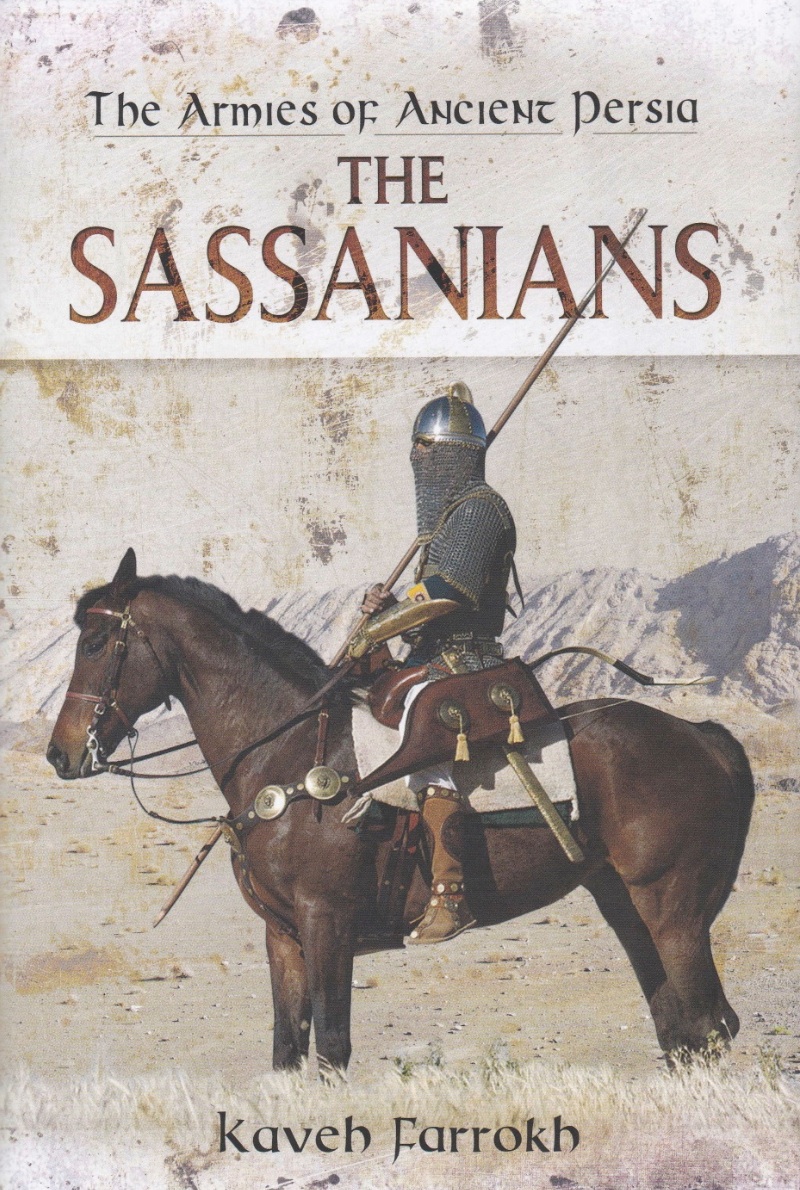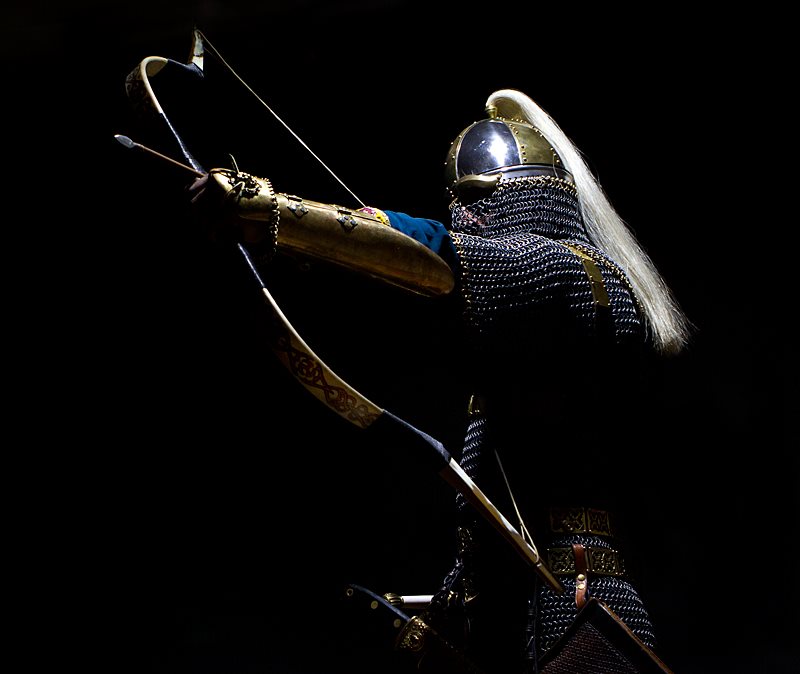The below 2017 book by Kaveh Farrokh has been reviewed by Richard A. Gabriel of the Military History journal on April 29, 2018. This is available on-line at HistoryNet and Academia.edu:
======================================================================================
Following Alexander’s conquest of the Achaemenid empire, rule of the region passed from the Seleucids to two succeeding powers: the Parthians (247 BCE–224 CE) and the Sassanians (224–651). Before Muslim armies ultimately overwhelmed the latter, the Sassanians earned due recognition as the most formidable rival of the Roman–Byzantine empire. Over more than three centuries the two powers fought a number of major and minor wars, conflicts that weakened both, until the armies of Islam overran the Sassanians. Much of what historians later attributed to Muslim culture in art, architecture, military technology and medicine was mostly Sassanid in origin, spread through the Mediterranean world by the expansion of Islam.

Despite their contribution to Western military history and its technological advances, the armies of ancient Persia have received scant attention from Western military historians. Focusing on the armies of the Sassanians, this book is the first in a three-volume set intended to address that oversight.
Author Kaveh Farrokh is a historian born in Greece who speaks Persian, among several other languages, attributes that enabled him to access source materials inaccessible to most Western scholars. The book is well researched, edited, organized and written. His 46 pages of footnotes, 15 pages of references and 14 pages of maps place a trove of source materials in the reader’s hands, though general readers may find the level of detail somewhat overwhelming. The result is a major work of scholarship that is long overdue.

Savārān officer engaged in archery. Recreations by Ardashir Radpour (courtesy A. Radpour & H. Martin).



